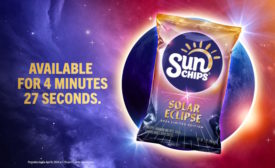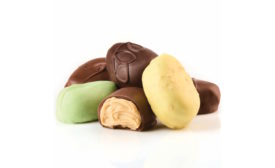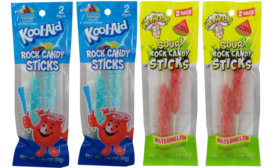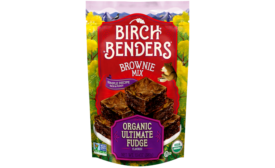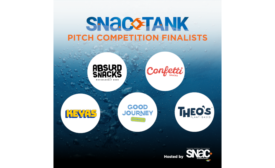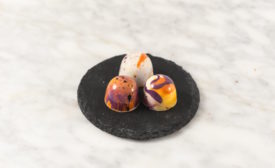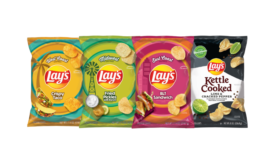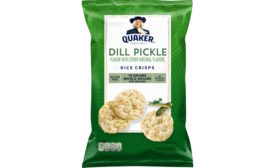Articles by Liz Parker
The new Bites are hand-rolled and dusted with a layer of Cinnamon Toast Crunch flavor.
Read More
SunChips celebrates eclipse with exclusive flavor release
The brand is partnering with astronaut Kellie Gerardi for the launch.
March 27, 2024
Fannie May announces LTO Easter offerings
The lineup includes chocolate bunnies, cream eggs, s'mores snack mix, and more.
March 27, 2024
Hilco launches Kool-Aid, Warheads Rock Candy Sticks
Each pouch contains a two-pack of individually wrapped rock candy sticks.
March 27, 2024
Blommer Chocolate to lay off more than 250 employees due to Chicago plant closure
The company is closing its Chicago factory due to increased maintenance costs.
March 27, 2024
Birch Benders launches Organic Ultimate Fudge Brownie Mix
The mix can be found nationwide and on the brand's website for a suggested retail price of $4.68.
March 27, 2024
SNAC International reveals SNAC Tank finalists and judges
The finalists pitch their brands to a panel of expert judges for the change to win the grand prize of $10,000.
March 27, 2024
ofi shares chocolate trends hatching this Easter
Launches of new seasonal Easter chocolate products increased 19% between 2022–2023.
March 26, 2024
Lay's relaunches four fan-favorite chip flavors inspired by American regions
Four fan-favorite flavors return to store shelves as part of the new Lay’s lineup.
March 26, 2024
Quaker hops onto pickle-flavored craze with new Pickle Rice Crisps
Nearly 70% of consumers report that they like or love pickle-flavored snacks.
March 26, 2024
Get our new eMagazine delivered to your inbox every month.
Stay in the know on the latest snack and bakery industry trends.
SUBSCRIBE TODAY!Copyright ©2024. All Rights Reserved BNP Media.
Design, CMS, Hosting & Web Development :: ePublishing


